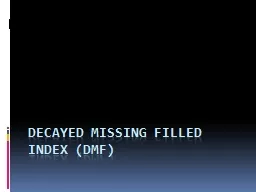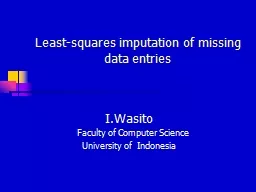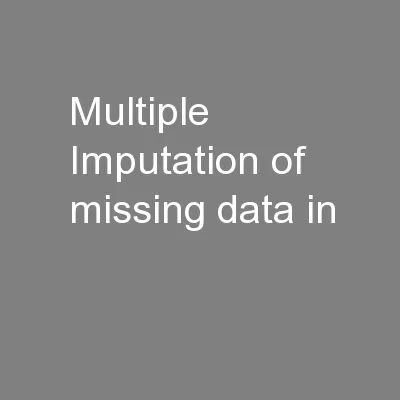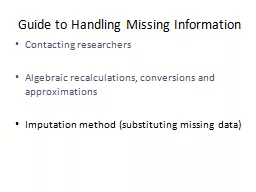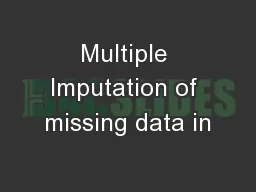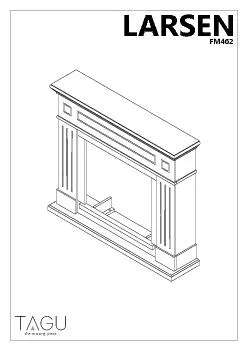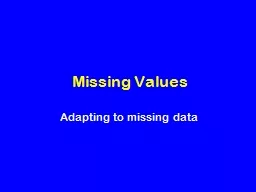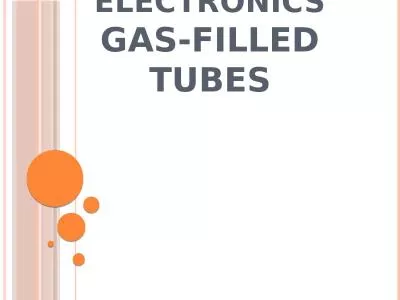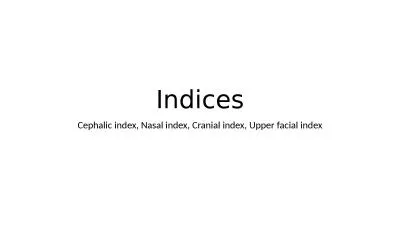PPT-DECAYED missing filled index (DMF)
Author : kittie-lecroy | Published Date : 2016-03-15
DMFT Index Was introduced by Henry Klien Carrole EPalmer and Knutson JW in 1938 Method Applied to permanent teeth Ddecayed teeth Mmissing due to caries Fpreviously
Presentation Embed Code
Download Presentation
Download Presentation The PPT/PDF document "DECAYED missing filled index (DMF)" is the property of its rightful owner. Permission is granted to download and print the materials on this website for personal, non-commercial use only, and to display it on your personal computer provided you do not modify the materials and that you retain all copyright notices contained in the materials. By downloading content from our website, you accept the terms of this agreement.
DECAYED missing filled index (DMF): Transcript
Download Rules Of Document
"DECAYED missing filled index (DMF)"The content belongs to its owner. You may download and print it for personal use, without modification, and keep all copyright notices. By downloading, you agree to these terms.
Related Documents

